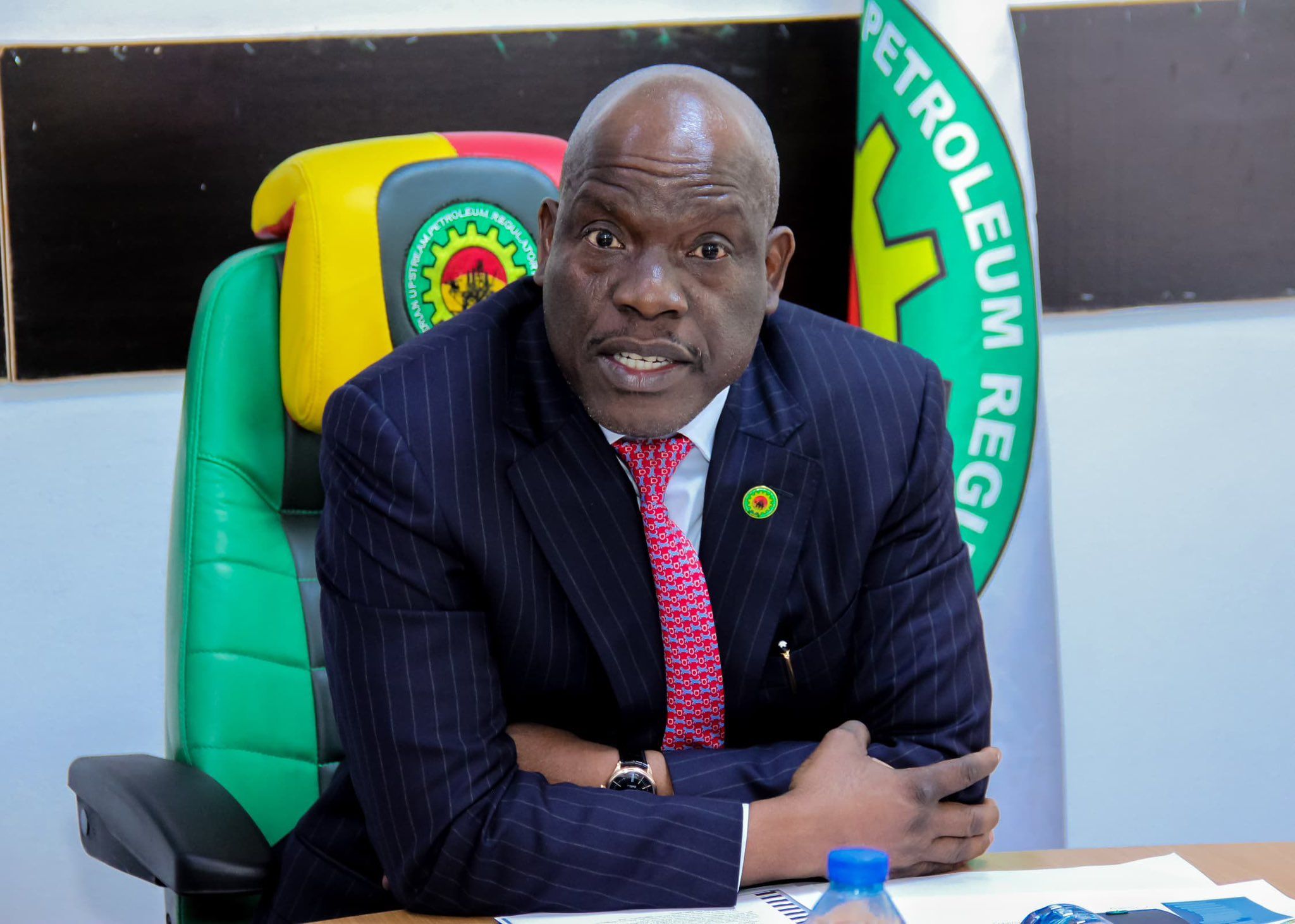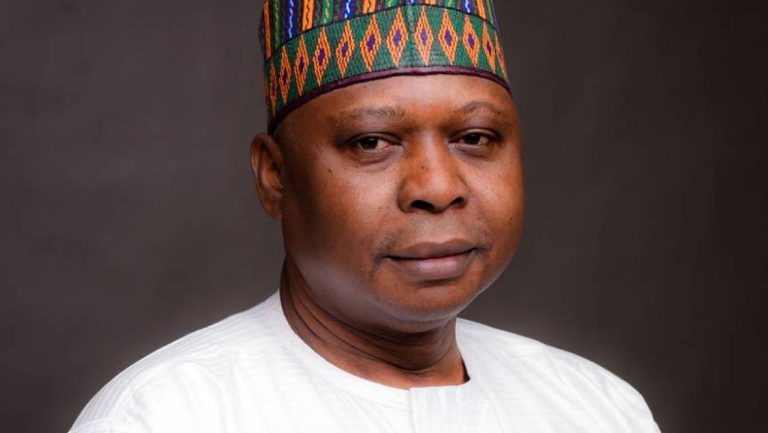
The Nigerian Upstream Petroleum Regulatory Commission (NUPRC) says the 2024 oil licensing round is projected to deliver between 500 million and 1.5 billion barrels of crude oil to Nigeria’s reserves over the next decade, as the government intensifies efforts to revitalise upstream activities and attract fresh investments.
The projection was disclosed by the Executive Commissioner for Exploration and Acreage Management, Mr. Bashir Indabawa, in a special edition of the Commission’s magazine published to mark its fourth anniversary.
Milestones in Exploration and Data Expansion
Indabawa said the NUPRC has recorded major milestones in assessing Nigeria’s hydrocarbon potential across its sedimentary basins, supported by the Petroleum Industry Act (PIA) 2021.
According to him, the Commission has expanded geoscience data coverage through large-scale acquisition and reprocessing of 2D and 3D seismic data across both onshore and offshore terrains, in partnership with local and international geophysical firms.
These efforts, he explained, aim to de-risk exploration, attract investors, and strengthen Nigeria’s competitiveness in global oil licensing.
Ambitious 2024 Licensing Round
In 2024, the NUPRC launched an ambitious upstream licensing round, initially offering 19 oil blocks, comprising 12 new onshore, continental shelf, and deepwater assets, alongside seven blocks carried over from the 2022/23 mini-bid round.
After additional subsurface data acquisition and acreage review, the Commission expanded the offering to as many as 31 blocks, adding 17 new deep offshore assets while withdrawing five disputed licenses currently under litigation.
Indabawa said the NUPRC’s implementation of the PIA’s “Drill or Drop” provision has helped reduce the number of inactive and underperforming licenses, with 400 fields identified as fallow or inactive.
“Four companies from the 2020 Marginal Field Licensing Round have applied for conversion to Petroleum Mining Licenses, adding about 80 million barrels of reserves,” he said.
“In total, the 2024 Licensing Round is expected to add between 500 million and 1.5 billion barrels of oil within the next five to 10 years.”
Encouraging Indigenous Participation
While acknowledging that international oil companies remain cautious due to geological risks, security challenges, and energy transition pressures, Indabawa noted that the Commission’s strategy has empowered indigenous operators to lead exploration efforts, paving the way for wider industry participation.
He added that exploration activity has rebounded since 2023 following regulatory enforcement of acreage work obligations, accelerated Field Development Plan (FDP) approvals, improved data accessibility, and deployment of the Frontier Exploration Fund (FEF).
“These measures have resulted in new seismic surveys, exploration wells, and approved projects that will stabilise and grow Nigeria’s reserves in the medium term,” he said.
Production and Gas Growth Outlook
In a separate interview, Executive Commissioner for Development and Production, Enorense Amadasu, said the Commission is targeting 4 million barrels per day (bpd) crude output by 2030, aligning with the Federal Government’s production goals.
He noted that gas output also rose by 1.2 percent between 2022 and 2025, averaging 7.61 million barrels of oil equivalent per day, driven by Nigeria’s ongoing shift toward a gas-based economy.
Gas flaring, he added, declined by 20.29 percent between 2021 and 2025, while crude oil theft has also dropped significantly.
“We are focused on further regulatory optimisation to help achieve the government’s aspiration of 12 billion standard cubic feet per day (BSCF/D) of gas by 2030,” Amadasu said.
Regulations to Support Energy Transition
Babajide Fasina, Executive Commissioner for Economic Regulation and Strategic Planning, highlighted the NUPRC’s role in aligning Nigeria’s hydrocarbons with its energy transition objectives.
He cited the Nigeria Gas Flare Commercialisation Programme (NGFCP) as a key driver in converting waste to economic value and achieving zero routine flaring by 2031, targeting the monetisation of 50 percent of in-country gas flares.
Fasina also revealed that reactivating shut-in wells could unlock an additional 700,000 barrels per day of potential production.
Industry Partners Commend NUPRC’s Collaboration
Chairman and Managing Director of ExxonMobil Subsidiaries in Nigeria, Jagir Baxi, said the company is executing an infill drilling programme in OML 138 (Usan field), expected to unlock 30,000–40,000 barrels per day of additional output by 2027.
Baxi commended the NUPRC for its partnership and regulatory support, while urging continued improvements to streamline overlapping functions and enhance investment competitiveness.
“Areas that can continue to improve include overlapping roles of regulators and further adjustments that can create more globally consistent investment competitiveness,” he said.



